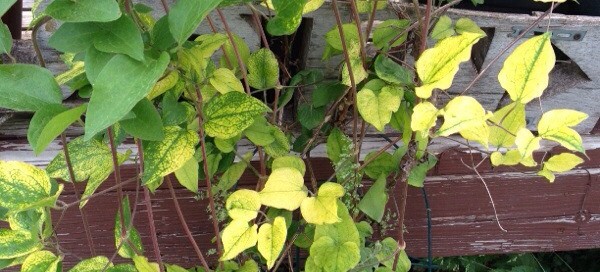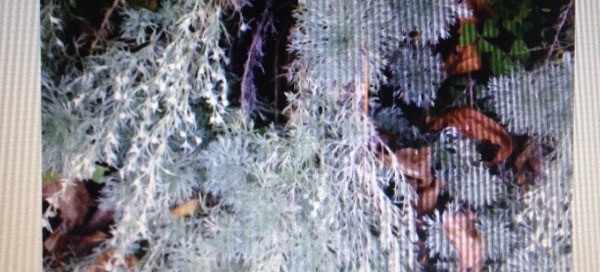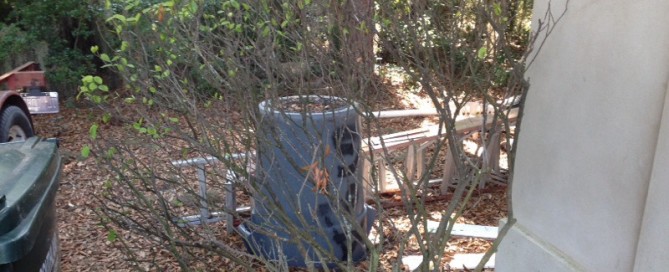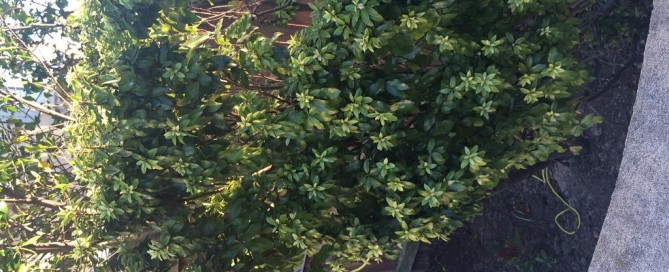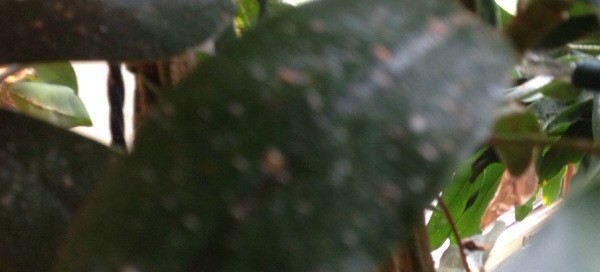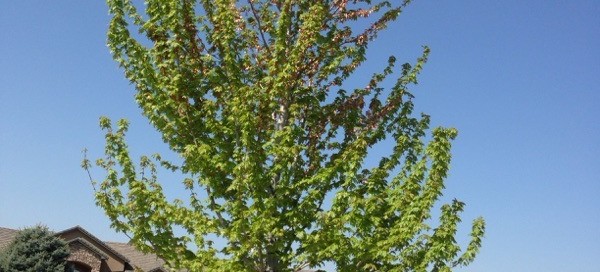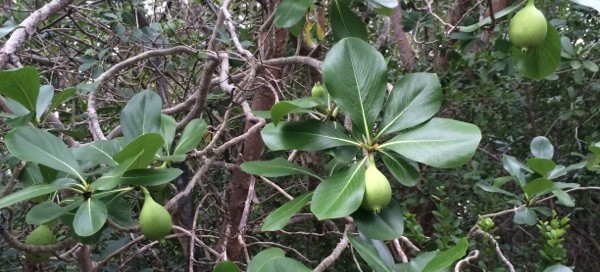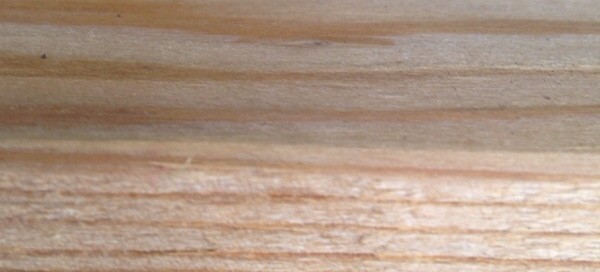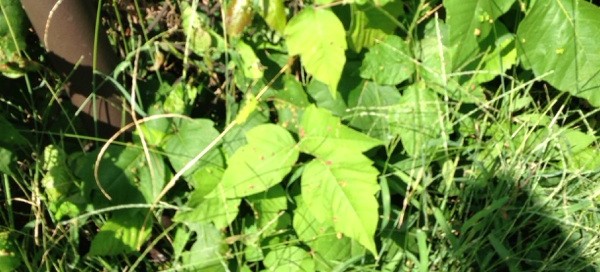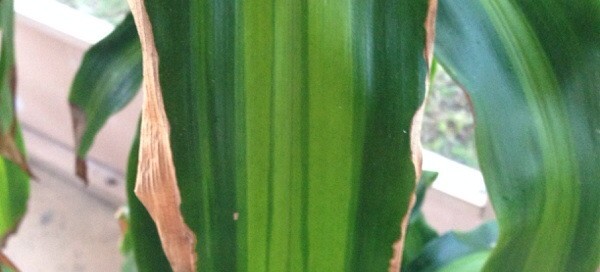Nutrient Deficiency Clematis
This is not an infectious disease, but probably a nutrient deficiency. Just to be sure (although it appears doubtful from your photo) examine the underside of the leaves for any insects or fungal-type growth which can sometimes cause plant leaves to turn yellow, and send us a new picture if you find anything. Otherwise, your plant appears to be suffering from lack of essential nutrients. Sometimes over or under watering can cause this lack of nutrients because the roots become damaged from a water stress situation and can't function properly to pull up water and dissolved mineral nutrients. We recommend watering your clematis regularly (or when rainfall is not suffecient) to maintain an evenly moist soil, and you may need to fertilize regularly as well. We recommend you ask your local garden center for a fertililzer appropriate for this plant, and follow the label directions for application of the material.
